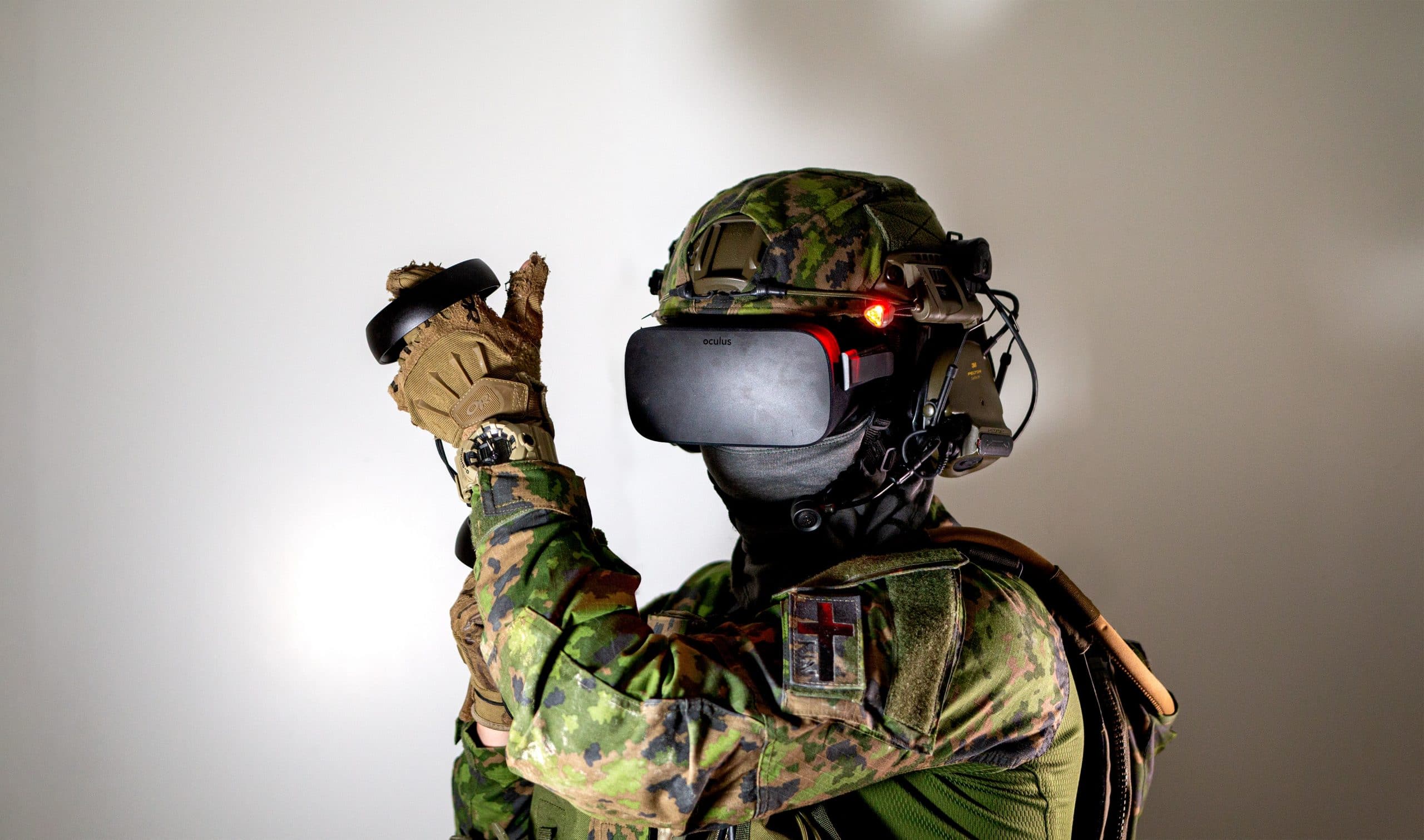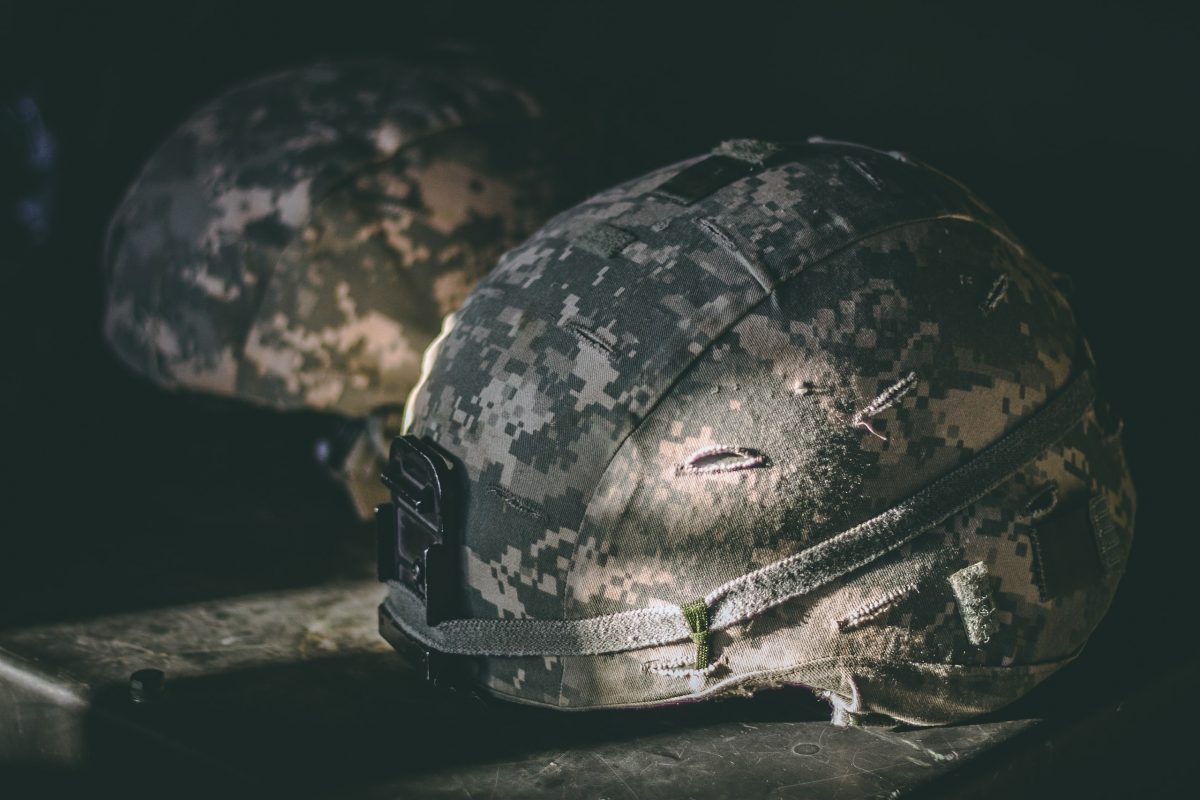Unified Network Operations (UNO) – How USA is building a new global internet for military purposes

Strengthening Digital Infrastructure for Enhanced Army Operations
The United States Army is making significant strides in improving its operational readiness, efficiency, and effectiveness in the modern era of warfare through its ongoing digital transformation. Central to this transformation is the concept of Unified Network Operations (UNO), supported by the implementation of Zero-Trust Architecture (ZTA) in computing. ZTA plays a pivotal role in securing and enhancing the Army’s digital ecosystem by ensuring trust is never assumed and prioritizing robust security measures.
According to “Republic World”-Magazine, the new architecture is going to be fully implemented by the end of 2024. Up to then “American soldiers will have worldwide access to the unclassified network by the close of the 2023 calendar year, followed by secure global access to the secret network by the summer of 2024.” (https://tinyurl.com/2p8bf62p)
Key Components of Unified Network Operations and Zero-Trust Architecture:
- Cybersecurity and Network Defense: UNO, with a focus on ZTA, places a strong emphasis on cybersecurity. It requires continuous verification and validation of all users, devices, and applications within the network, enhancing data integrity and operational continuity.
- Network Infrastructure Modernization: The Army is investing in modernizing its network infrastructure, aligning it with ZTA principles. This modernization involves strict access controls, minimizing attack surfaces, and enforcing robust segmentation.
- Data Analytics and AI: UNO incorporates data analytics and AI, with ZTA principles guiding secure data handling. Machine learning algorithms help in dynamic risk assessments, reducing potential threats.
- Interoperability: UNO, underpinned by ZTA, establishes trust boundaries for all systems and devices, ensuring secure communication and data sharing across different Army units, joint forces, and coalition partners.
- Command and Control Systems: Advanced command and control systems, strengthened by ZTA, employ strict identity verification and continuous monitoring, even under high-stress scenarios.
- Training and Workforce Development: UNO recognizes the importance of a highly skilled workforce in maintaining and defending the digital infrastructure. Training programs incorporate ZTA principles to produce proficient cyber and network professionals.
Benefits of Unified Network Operations with Zero-Trust Architecture:
- Enhanced Security Posture: ZTA’s continuous authentication and strict access controls significantly enhance cybersecurity, reducing the risk of unauthorized access and data breaches.
- Streamlined Operations: UNO, combined with ZTA, optimizes communication and data sharing, leading to smoother, more efficient operations.
- Real-time Risk Mitigation: ZTA-driven risk assessments and dynamic access policies enable proactive threat mitigation, strengthening overall security.
- Interoperable Collaboration: Unified Network Operations, guided by ZTA, facilitates secure cooperation with joint and coalition partners, enhancing military alliances and mission effectiveness.
- Adaptive Response: The integration of UNO and Zero-Trust principles enables the Army to swiftly adapt tactics and strategies to evolving threats and operational requirements.
Challenges and Considerations:
Resource Allocation: The comprehensive digital transformation and ZTA implementation require substantial investments in technology and workforce development.
- Data Privacy: Balancing data sharing and safeguarding sensitive information remains a challenge in an interconnected environment, even within a Zero-Trust framework.
Unified Network Operations, fortified by Zero-Trust Architecture in computing, forms the foundation of the U.S. Army’s digital transformation efforts. This integrated approach not only ensures a robust security posture but also empowers the Army to excel in a rapidly evolving digital landscape.
“We want to move to a singular simple intuitive user interface, where Soldiers will be able to conduct endpoint management at a single device that can reach out to all of their unit’s different network nodes, so they can plan, monitor and defend the network in a more effective and efficient way,” Lt. Col. Keith Jordan, product manager for tactical cyber and network operations (PdM TCNO) states on the Army’s website (https://tinyurl.com/5zfk5puu)
While US Army is running ahead, other joint forces and partner nations should speed up to adapt to this new network. While many – especially in Europe – are lacking of basic financial support to their armies, this new speed in digitisation of forces will mean another challenge to transformation of European forces for being combat-ready.
Contractors of the program are (https://tinyurl.com/m5r8wsa3):
CodeMettle (Atlanta, GA)
General Dynamics Information Technology (Falls Church, VA)
Johns Hopkins University Applied Physics Laboratory (Columbia, MD)
L3Harris (Clifton, NJ)
Pacstar (Portland, OR)
Perspecta Labs (Basking Ridge, NJ)
Generated from outside sources (linked) and AI (ChatGPT)






